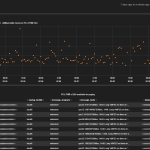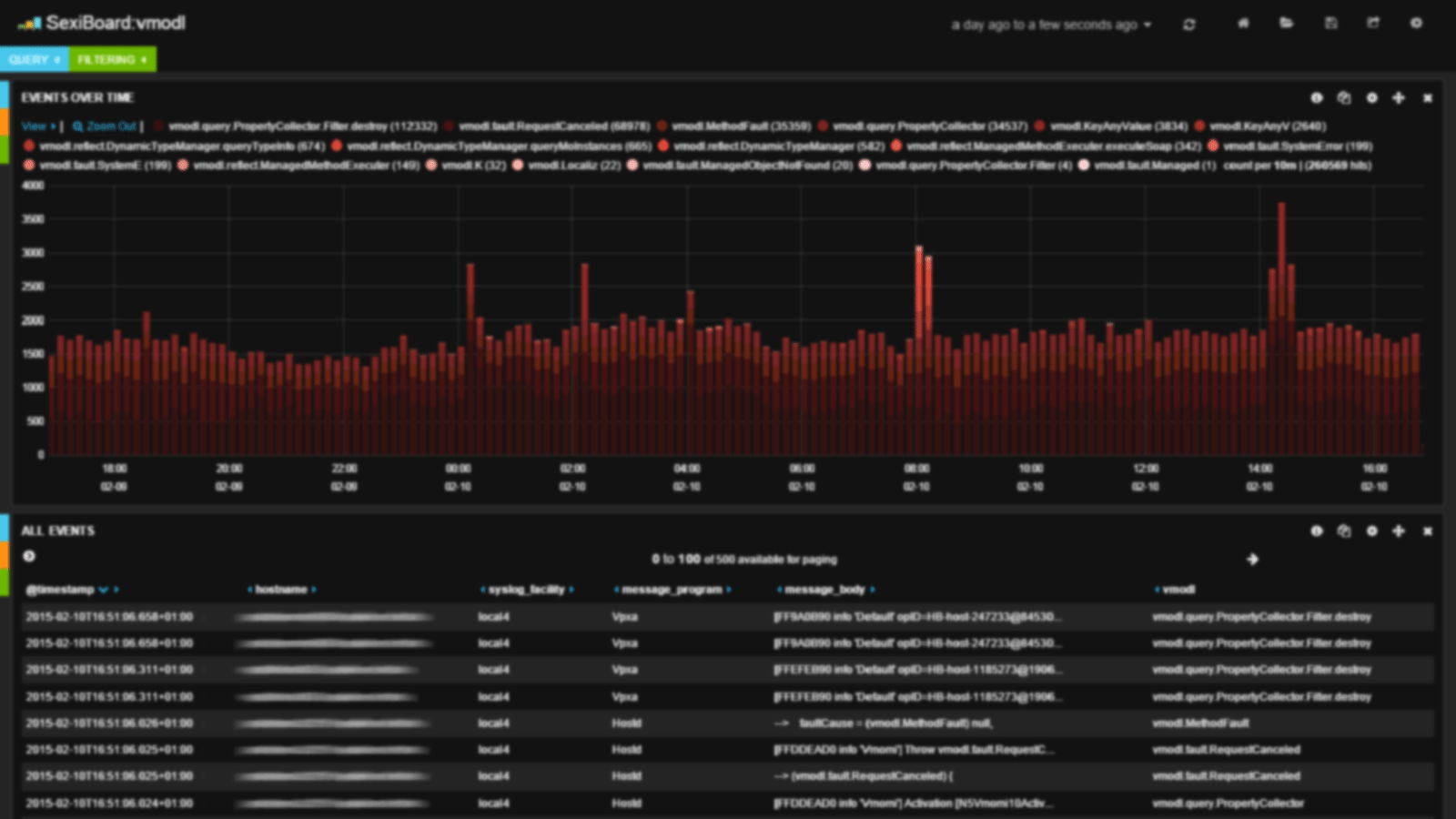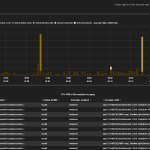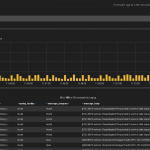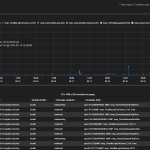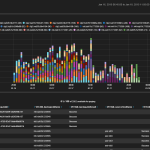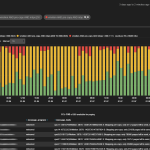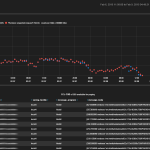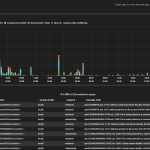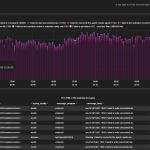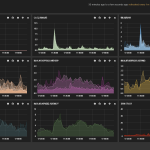The VMFS3 dashboard helps you visualize how bad are the “Long VMFS3 rsv time” issues. This message is logged when a SCSI Reserve/Release operation (SCSI Reservation > Perform I/O > SCSI Release) takes longer than expected to complete. The expected reservation time is very fast, and if the reservation time exceeds 200ms, this message is reported. This is defined as the maximum… Read more →
